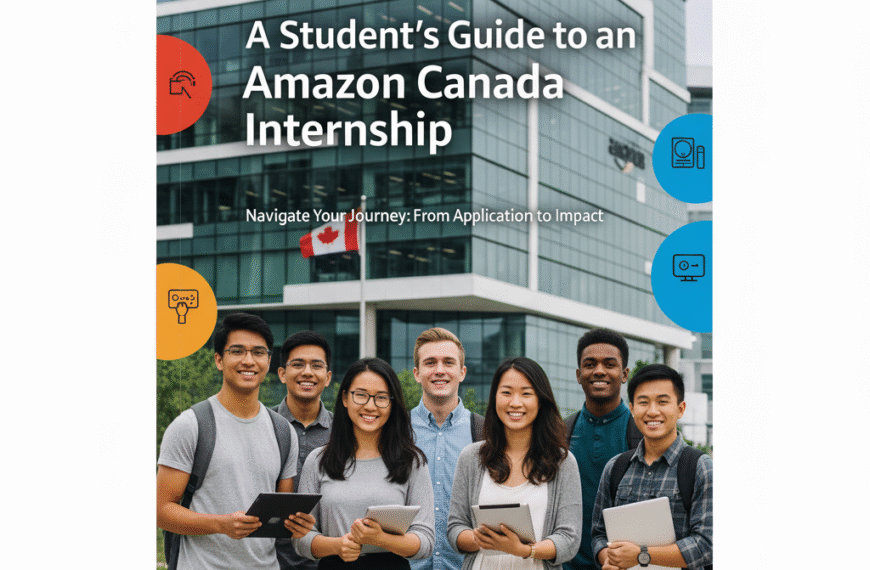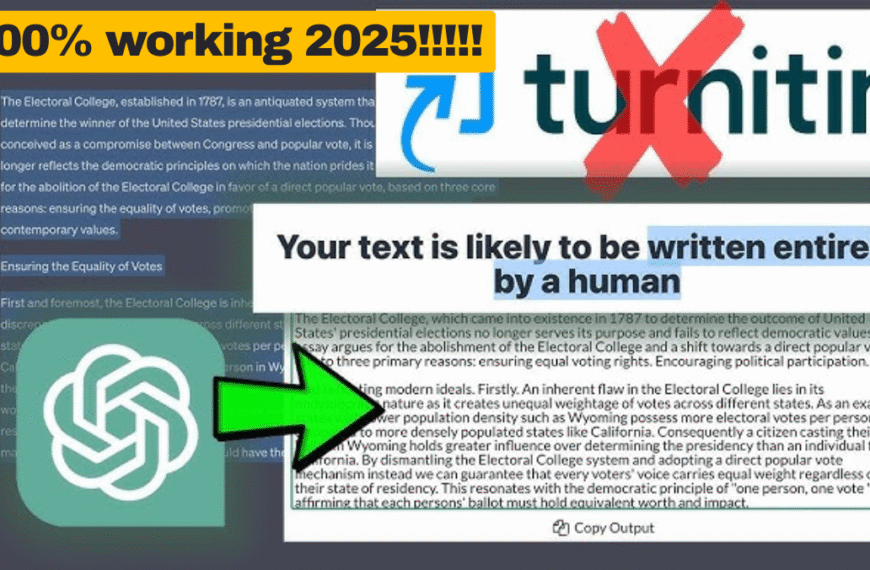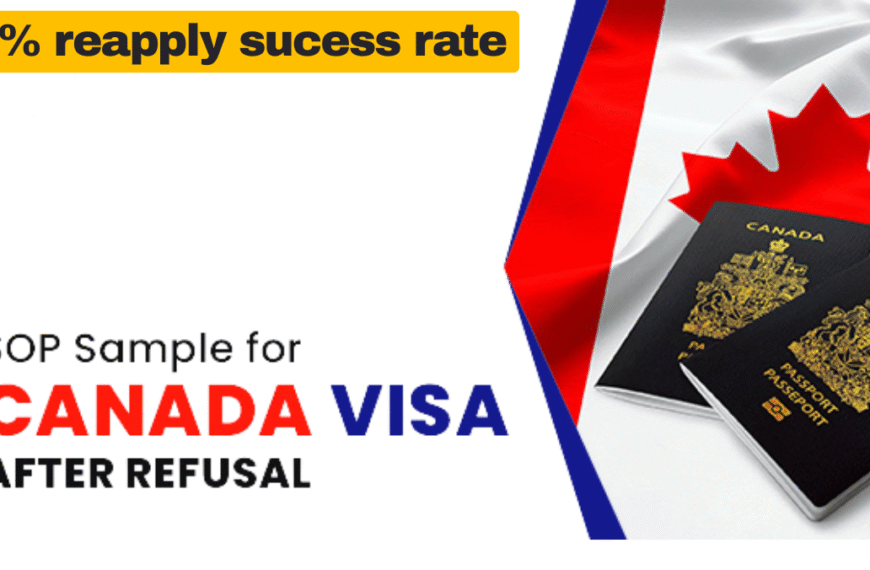A Fulbright rejection can feel personal. But often, it’s not about you—it’s about a few common, fixable mistakes in the application. The good news? By knowing these pitfalls, you can build a stronger, more convincing application for 2026.
A clear, step-by-step guide to the mistakes that get Fulbright applications rejected. Fix your project proposal, essays, and strategy to boost your chances for 2026. Here’s a simple guide to the top reasons applications get rejected and exactly how to fix them.
1. You Broke a Basic Rule
The Problem: You missed a key requirement, like a degree type, age limit, or host country language skill. Your application gets cut before it’s even fully reviewed.
The Fix:
- Make a checklist from the official Fulbright website for your specific country and program.
- Double-check your documents a week before the deadline. Don’t rush.
2. Your Project Proposal Is Unclear
The Problem: Your idea sounds big, but the committee can’t see the steps. They don’t know how you’ll do it or why it must happen in your host country.
The Fix:
- Use simple, direct language.
- Add a brief timeline. For example: “Month 1-2: Archive research. Month 3-4: Interviews with local experts.”
- Explain exactly why you need to be in that specific country for your work.
3. Your Essays Are Hard to Read
The Problem: Long sentences, academic jargon, and typos make your story hard to follow. The committee struggles to connect with you.
The Fix:
- Read your essays out loud. If you stumble, rewrite that sentence.
- Ask a friend from a different major to read them. If they get confused, simplify.
- Tell a specific story instead of using vague phrases like “I’m passionate about…”
- Make sure that you post is not completely written by AI.
4. Your Recommendation Letters Are Weak
The Problem: The letters are generic and only say you were a good student. They don’t prove your unique skills or character.
The Fix:
- Help your recommenders! Give them your project summary and a bulleted list of your key achievements.
- Choose people who know you well, not just those with big titles.
5. You Didn’t Connect to the Host Country
The Problem: Your project feels like it could be done anywhere. You didn’t show why you chose that specific country or how you’ll engage with its culture.
The Fix:
- Name specific universities, libraries, or communities you plan to work with.
- Mention how you’ll get involved locally (e.g., joining a community group, volunteering).
6. You Forgot the “What Happens Next?”
The Problem: The committee doesn’t see the long-term impact. How will your project help your home community or your field after you return?
The Fix:
- Add a short section to your proposal on “Future Impact.”
- Be specific. Will you create a website, teach a workshop, or share your findings with a local organization? Tell them.
7. You Handled a Sensitive Topic Poorly
The Problem: Research on topics like politics or social justice is okay, but if it seems one-sided or disrespectful, it’s a red flag.
The Fix:
- Focus on being balanced and factual.
- Show that you understand the local context and will approach the topic with respect.
8. You Ignored the Competition
The Problem: Some fields have hundreds of qualified applicants for just a few spots. Sometimes, a great application loses out just because the pool is so strong.
The Fix:
- You can’t control this, so focus on what you can: making your application so clear and compelling that it stands out from the crowd.
9. There Was an Honesty Issue
The Problem: Any exaggeration on your CV or a suggestion of plagiarism in your essays leads to immediate rejection.
The Fix:
- Be 100% truthful about your experience.
- Write your essays in your own words.
Conclusion: The Data Behind a Winning Application
Understanding why applications fail is your biggest advantage. While Fulbright doesn’t publish detailed rejection statistics, advisors and past committee members consistently point to a few critical areas:
- The 80/20 Rule: Up to 80% of applications are eliminated for basic issues like a weak project proposal, poor essays, or not showing host-country fit. These are the mistakes you can fix.
- The Selection Rate: With an average selection rate of around 20% (which varies greatly by country and program), your application doesn’t need to be perfect—it needs to be clear, authentic, and error-free to rise to the top.
A rejection isn’t a final verdict. It’s feedback. By focusing on these nine areas, you’re not just avoiding pitfalls—you’re building an application that is compelling, credible, and easy for the committee to say “yes” to.
Your 2026 application starts by learning from the most common mistakes. Now you know what they are.
Ready to apply for Fulbright?
If you’re prepared to submit, follow the official Fulbright application portal for the most current calls, deadlines, and instructions. Click the button to go to the official site and start your application.
Apply Now — Official Fulbright PortalTip: choose your home-country commission page from the portal after you arrive — application rules vary by country.
Fulbright Scholarship FAQs
Your questions about the Fulbright application process, answered
Will Fulbright explain why I was rejected?
No, individual feedback is rare due to the high volume of applications. However, some national Fulbright commissions may provide general guidance or host information sessions about common application weaknesses.
If you plan to reapply, we recommend carefully reviewing the selection criteria and having mentors evaluate your application materials to identify potential areas for improvement.
Does a perfect GPA guarantee selection?
No. While a strong academic record is important and demonstrates your ability to handle rigorous study, the Fulbright program evaluates candidates holistically.
The quality and feasibility of your project proposal, your leadership potential, cross-cultural adaptability, and how well your goals align with Fulbright’s mission of mutual understanding are equally important factors in the selection process.
Can I reapply after being rejected?
Yes, absolutely. Many successful Fulbright scholars were selected on their second or third attempt.
When reapplying, focus on strengthening weak areas from your previous application, gaining additional relevant experience, and substantially revising your project proposal and essays to demonstrate growth and renewed commitment.
How do I handle a politically sensitive research topic?
Research on sensitive topics (such as politics, religion, or social justice) isn’t automatically rejected but is scrutinized more carefully.
Frame your proposal neutrally and academically, base it on evidence, demonstrate cultural awareness, and explain the ethical safeguards you’ll implement. Show how your research contributes to understanding rather than advocacy.
Can funding limits affect my chances?
Yes. The Fulbright program operates with limited funding and country-specific quotas. In some cases, excellent candidates may be rejected simply because there are too few available slots in their country or field of study.
While you can’t control funding limitations, submitting a polished, compelling application early in the cycle maximizes your chances within these constraints.














